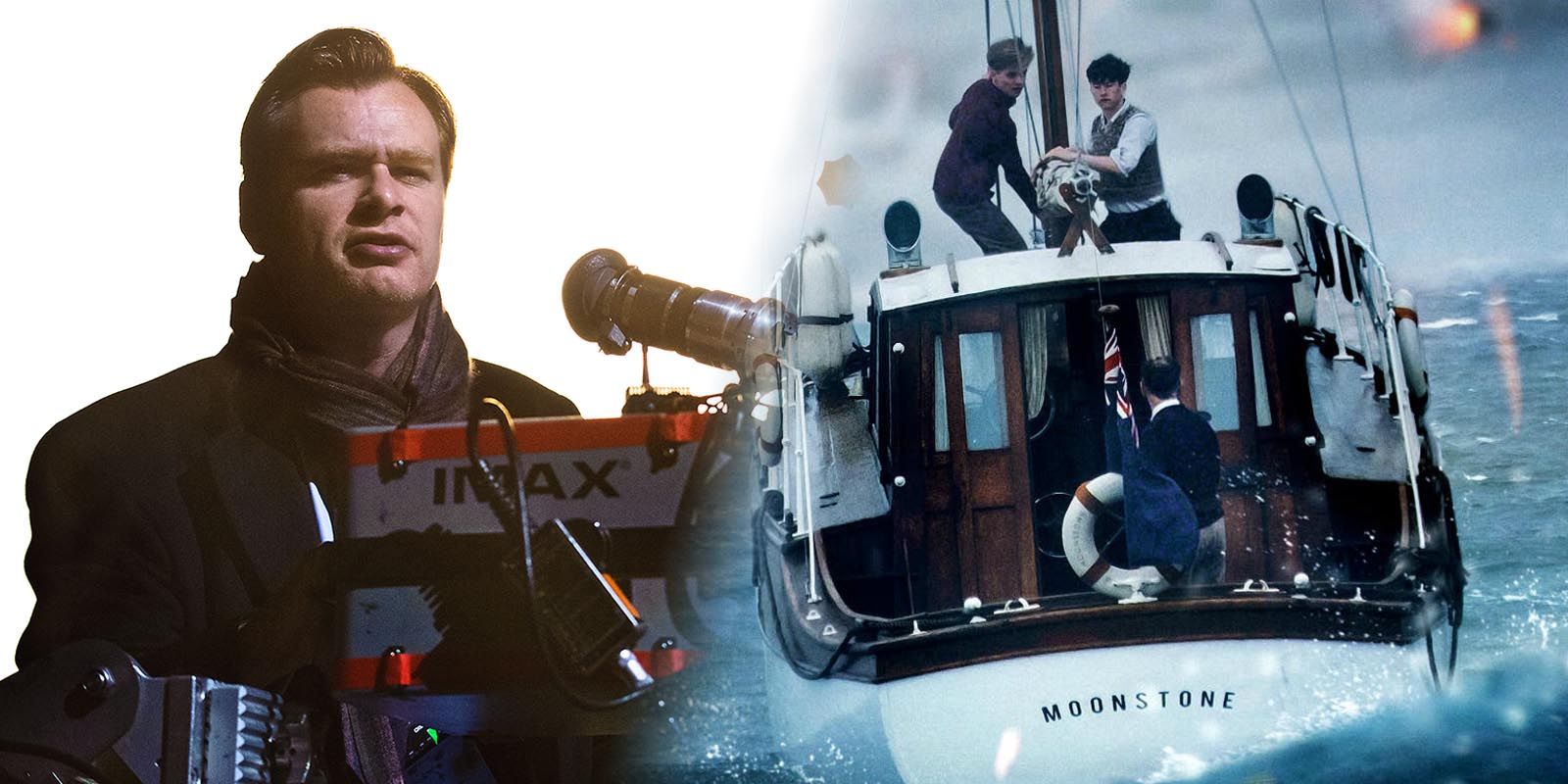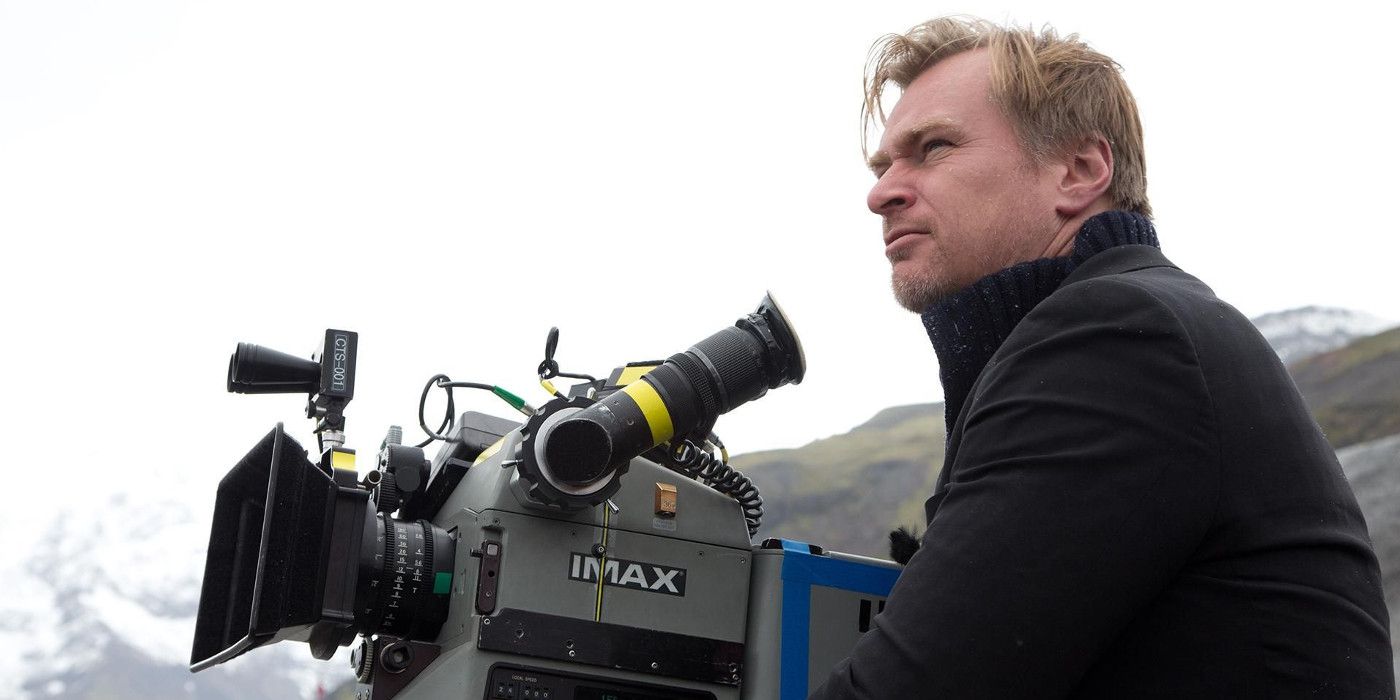Christopher Nolan reportedly sunk one of his IMAX cameras in the course of filming Dunkirk. The director's acclaimed World War II spectacle has been a hit with both critics and theatergoers, recreating the famous evacuation mission in ways never captured before on film. The movie is notable for its extensive use of IMAX cameras, which were used to film most of the movie and were often employed in unconventional ways.
One of the director's unusual methods of utilizing IMAX cameras involved strapping them to planes and flying them into the air before crashing them into the ocean, presenting an oddly daunting task for cinematographer Hoyte van Hoytema. The duo's work in capturing the movie on IMAX from the air and water nearly resulted in some equipment casualties, as a new story details how one of the movie's IMAX cameras found itself sinking toward the bottom of the ocean.
Related: Could Dunkirk Finally Win Christopher Nolan an Oscar?
As revealed in an interview with American Cinematographer (via Reddit), van Hoytema told the story of how one of the IMAX cameras was strapped to a plane with the intention of crashing the plane into the sea. But the planned crash scene didn't exactly go as planned:
"Our grips did a great job building a crash housing around the IMAX camera to withstand the physical impact and protect the camera from seawater, and we had a good plan to retrieve the camera while the wreckage was still afloat. ... Unfortunately, the plane sunk almost instantly, pulling the rig and camera to the sea bottom. In all, the camera was under for [more than 90 minutes] until divers could retrieve it. The housing was completely compromised by water pressure, and the camera and mag had filled with [brackish] water. But Jonathan Clark, our film loader, rinsed the retrieved mag in freshwater and cleaned the film in the dark room with freshwater before boxing it and submerging it in freshwater."
It turns out that the film survived the crash and submersion in the ocean, as it was carefully developed and ended "up all there, in full color and clarity" for the scenes being filmed. Van Hoytema added that the shots would have been lost forever if shot digitally. The story goes to show how unconventional Nolan's methods of shooting on IMAX cameras really was, but it also ended up benefitting the director that he shot on 70mm film so the scenes could be recovered from the camera's plunge. The end results, of course, were visually spectacular.
Van Hoytema's story illustrates just how different his experience was from making any other movie, as it is certainly not normal to send a bulky, heavy IMAX camera into the air while strapped to a plane. Nolan took considerable risks in bringing the movie to life through an IMAX lens and this story could serve as a cautionary tale of how close you could come to disaster, but fortunately, his crew was able to recover from this mishap.
Source: American Cinematographer [via Reddit]



